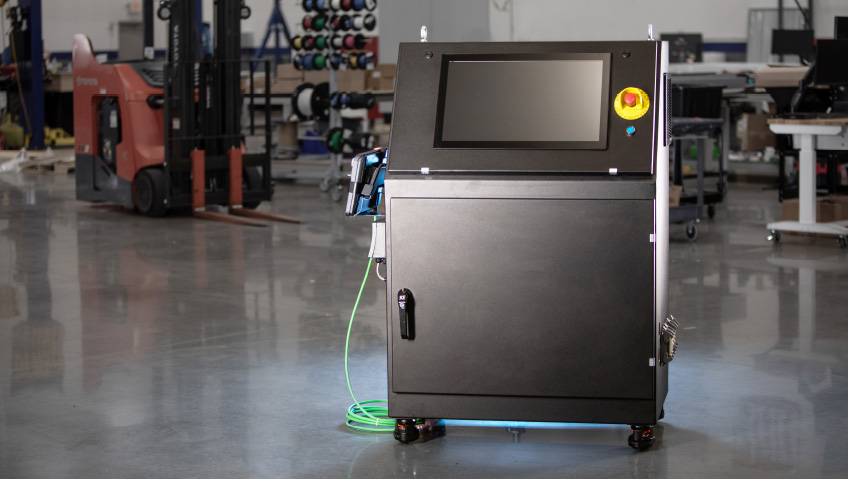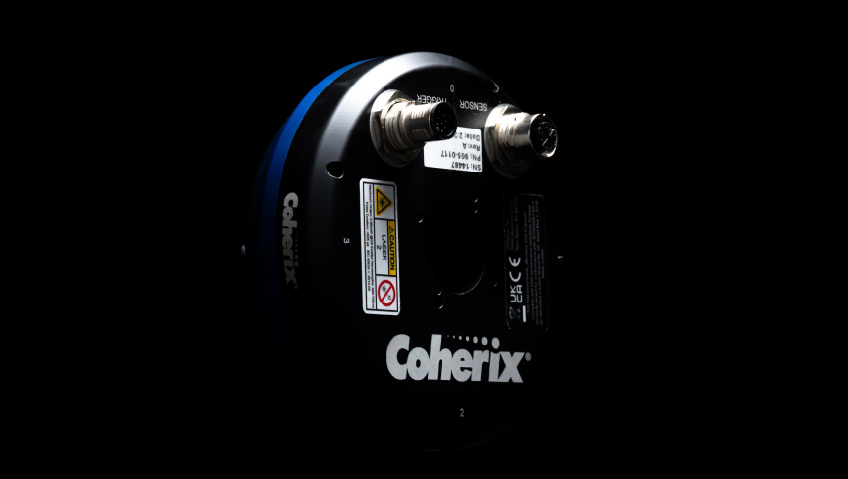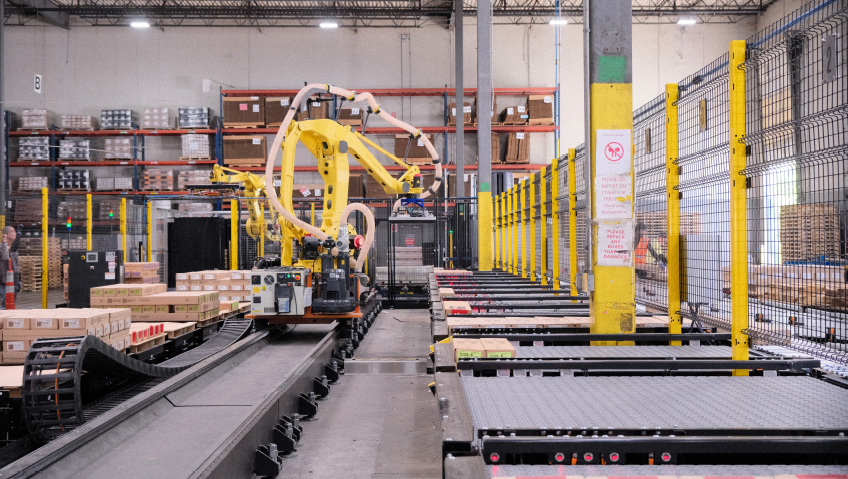As the United States sees a shift away from diversity, equity, and inclusion (DEI) programs, there is a renewed push to acknowledge that a strong DEI program can be a part of an agile, adaptable business model, one that is necessary to compete in a global marketplace.
Embracing DEI principles and infusing them throughout the various layers of an organization has proven to have countless advantages for both a company and its employees. This is especially true of STEM careers, which face a rapid rate of change that requires an innovative workforce and efficient processes.
Where a culture of diversity, equity, and inclusion exists, creativity and innovation thrive, as do efficiency and profitability thanks to improved collaboration and insight-driven decision making, key for profitability.
According to Deloitte, organizations with diverse and inclusive cultures and practices are six times more likely to be innovative and agile, eight times more likely to achieve better business outcomes, and two times more likely to exceed financial targets versus less diverse competitors, which means there is a strong return on investment (ROI) where DEI is concerned.
Unequal access to opportunity
While it may not be the worst in terms of diversity, equity, and inclusion, STEM industries can do more to promote DEI. While there are sectors that have reached employment parity between men and women, there is still a large gap in the diversity of the composition of many STEM sectors, manufacturing especially.
Since the 1990s, STEM employment has grown by nearly 80 percent, with computer-specific jobs growing 338 percent, but access to many of these well-paying, secure jobs is unequal, especially where women, Black, Indigenous, and People of Color (BIPOC) individuals, and people with disabilities are concerned, and particularly in upper-level management positions.
Data from Pew Research shows that while women make up almost half of all STEM jobs in the U.S., when healthcare is taken out of the mix, those figures drop significantly. The same can be said of Black and Hispanic workers, who have greater representation in support roles rather than higher level positions. While Black workers constitute 11 percent of the overall workforce in the U.S., they represent only nine percent of STEM employment, with Hispanic workers representing 18 percent of the overall workforce and 15 percent of STEM workers. The lowest share of women can be found in mechanical and electrical engineering fields, while there are larger shares in fields like industrial and environmental engineering and architecture, while Black and Hispanic workers are more likely to be in the physical sciences.
Understanding that STEM careers are outpacing general employment growth, which is being driven by the proliferation of technology, they are some of the best fields for wealth building, but a lack of diversity means that there is unequal access to the benefits therein.
Manufacturing inequality
One of the STEM industries where women, BIPOC individuals, and people with disabilities are underrepresented is manufacturing, which is a legacy industry that historically has been male dominated. According to data from the Manufacturers Alliance for Productivity and Innovation, despite efforts over the last several decades, there are fewer women employed than there were two decades ago. This is also true of BIPOC.
The industry is at a crossroads as demand for skilled talent is outpacing supply and attraction and retention are bigger challenges than ever before. Paired with an aging workforce, attrition is rapidly erasing institutional memory and experience, which are key to many operations’ success. In addition to targeted outreach to students to ignite an interest in a STEM career, manufacturers could be tapping into traditionally underrepresented populations to solve some of their labour woes while kickstarting a new era of profitability. When you consider the many advantages associated with strong and effective DEI programs, it is no longer an option but a necessity, one that could afford companies a competitive edge in the global economy.
This is especially important if manufacturers begin to reshore and increase investment in domestic footprints in the U.S. A joint study from Deloitte and the Manufacturing Institute states that the U.S. manufacturing industry could need upwards of 3.8 million workers to fill available jobs by 2033, demand that the market is not currently poised to sustain.
Removing barriers
For some, manufacturing has an image problem, which means there is a dire need to revamp recruitment strategies to better appeal to prospective employees. For instance, as a male-dominated industry, it could be intimidating to women and discourage their consideration of a career in the field. Companies that offer a positive workplace culture that celebrates diversity and empowers its workers to be their best have the best chance at reaching youth, women, BIPOC individuals, and people with disabilities.
Improving diversity and representation and creating an inclusive environment by addressing and removing structural barriers to entry and career development would demonstrate that there are equal opportunities for advancement. By improving representation at every level of an organization—particularly leadership—where only 25 percent of management positions are held by women—it would demonstrate a path to success and mentorship.
Another change that must be made to demonstrate that the sector is serious about equity is related to pay equity. While the disparity is less in STEM versus non-STEM careers, women and minorities face disparity when it comes to compensation, an issue that has persisted for decades.
A good way to appeal to women and improve a workplace’s culture for everyone is to improve work-life balance, provide flexible working hours to accommodate familial responsibilities, and consider providing on-site childcare to better accommodate those who require this support to more fully participate in the work world.
Tech-empowered change
Additional barriers include unequal access to higher education. Sometimes the path to training is as difficult as the path to employment, and this is especially true for people with disabilities, who have unequal access to training, but have a lot to contribute if opportunities (and workplaces) are accessible.
One of the ways to improve access to training for everyone is through greater adoption of technology and artificial intelligence (AI), not simply to replace workers through advanced automation and mechanization, but as a new and faster way to train workers more efficiently with data-informed and optimized processes and solutions. Analysis by McKinsey estimates that 30 percent of total labour hours worked could be automated over the next decade, but this will further increase demand for STEM careers to satisfy the rate of change in work activities necessitated by technology.
Many investments are being made in technologies and AI tools to capture the knowledge that is being lost through attrition and adapting it into training for AI systems for the sake of data-driven decision making. AI, specifically in manufacturing applications, should seek to capture actionable visibility into people, processes, assets, and inventory, provide greater connectivity with workers on the front lines, and be optimized for quality and performance. The easier technology and AI tools are to adopt, particularly where they are low-cost and no-code tools that can be democratized for the greatest number of workers, the more impactful they can be. Paired with diversity training, AI’s use can help promote a culture of success.
Not only will this improve the flow and function of operations in the interest of productivity and profitability, but it will also attract a tech-savvy generation of workers who will see that sectors like manufacturing are no longer the boring, dangerous, repetitive jobs they were in the past.
A strong ROI
It is proven that a diverse, equitable, and inclusive culture is good for business, so the time is now for companies to take stock of their existing operations and approaches and consider how DEI could elevate profitability. Where a strong DEI culture exists, supported by adequate training and supports, creativity, innovation, and productivity know no bounds. When paired with a tech-empowered environment where data-driven insights lead decision making, many of the challenges facing the industry can be overcome.
Diversity, equity, and inclusion is an agile, adaptable business model that is good for worker attraction, retention, empowerment, engagement, and collaboration and results in fewer errors, fewer conflicts, and less absenteeism. Quite simply, it can help to optimize efficiency, quality, output, and ultimately, profitability.
Where diversity lags, so too do opportunities for prospective employees and the companies who fail to hire them. Conventional thinking leads to conventional solutions and in a highly competitive global market, innovation and fresh insights are as valuable as the commodities being designed, manufactured, and sold.






